1. The Code of Hammurabi and Mesopotamian Society
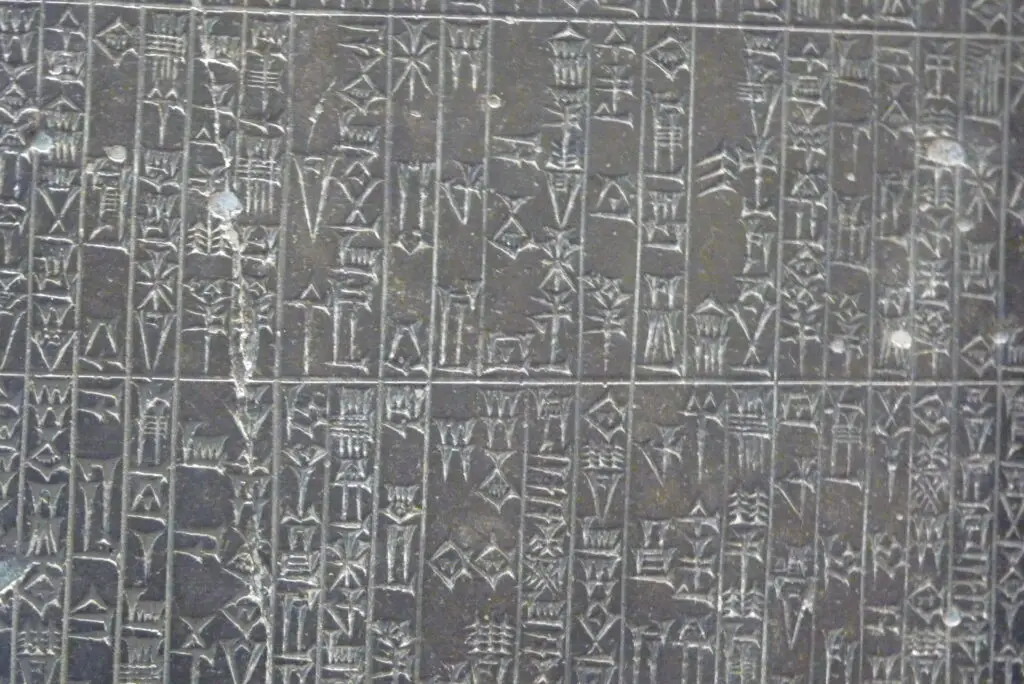
The Code of Hammurabi, established around 1754 BCE in ancient Mesopotamia, is one of the oldest known legal codes. It introduced strict laws with harsh penalties, embodying the “eye for an eye” principle. The code reinforced a rigid class system, where the elite held significant power over common citizens. Minor infractions often resulted in severe punishments, instilling fear in everyday life and discouraging social mobility says CADTM.
Over time, this legal rigidity stifled cultural innovation and intellectual growth. Art, literature, and scientific progress slowed as people focused on survival rather than cultural expression. The Mesopotamian society, once vibrant and thriving, gradually became more hierarchical and stagnant. The Code of Hammurabi may have brought order, but it ultimately suppressed cultural evolution, leaving a legacy of oppression.
2. The Edict of Expulsion and Sephardic Jews
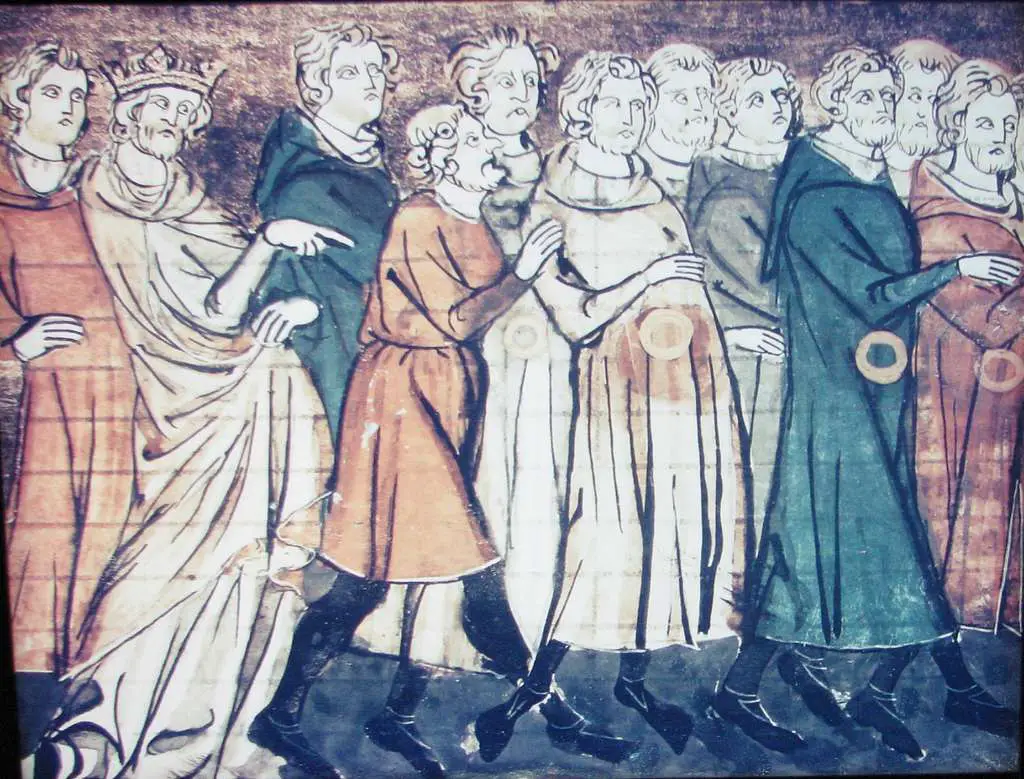
In 1492, Spain issued the Edict of Expulsion, forcing Sephardic Jews to convert to Christianity or leave the country. This law dismantled a culturally rich community that had thrived in Spain for centuries, known for its contributions to philosophy, science, and the arts. Jews were given only a few months to abandon their homes, businesses, and heritage. Entire communities were uprooted, scattering Sephardic Jews across the Ottoman Empire, North Africa, and parts of Europe shares PBS.
The cultural loss was immense. Sephardic traditions, language, and customs struggled to survive in exile. Communities worked hard to preserve their identity, but the rupture was significant. Over generations, the vibrant Sephardic culture was diluted by displacement and integration into new societies. The Edict of Expulsion erased centuries of cultural achievement from Spain’s historical landscape adds Time Magazine.
3. The Indian Act and Indigenous Peoples of Canada
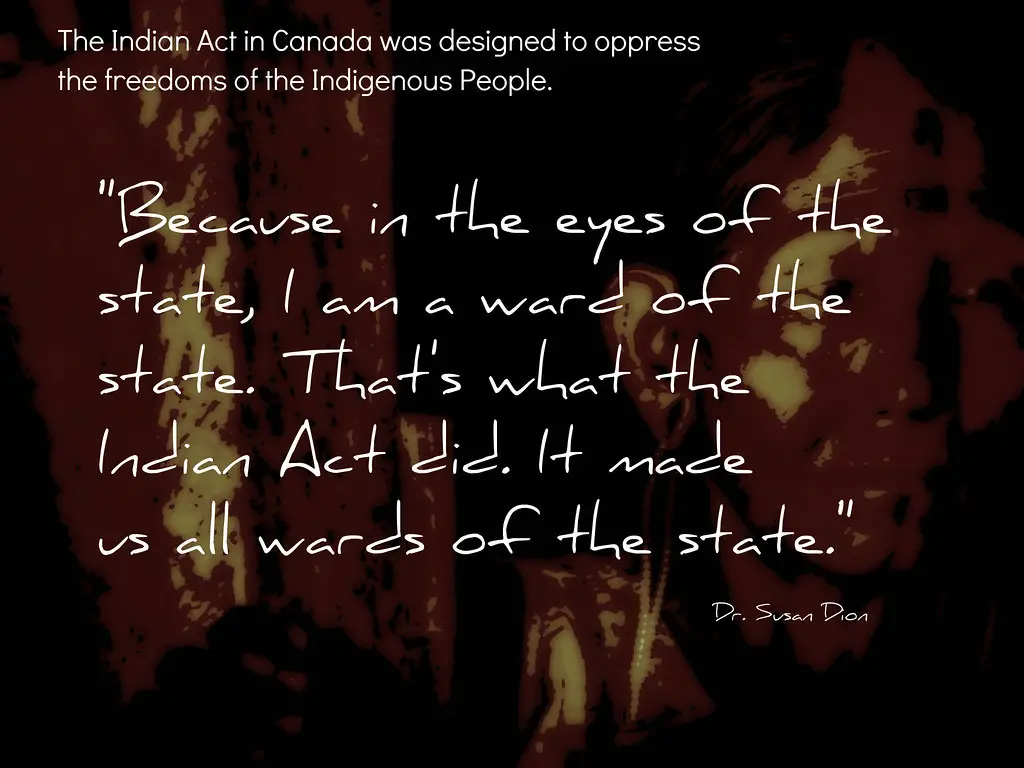
The Indian Act of 1876 in Canada aimed to assimilate Indigenous peoples into Western culture by controlling nearly every aspect of their lives. The law imposed Western governance structures, outlawed cultural ceremonies like the potlatch and powwow, and enforced Christian values. Indigenous communities were stripped of autonomy and subjected to residential schools where children were forcibly separated from their families and taught to abandon their heritage shares the Lancet.
This legal framework shattered Indigenous cultures, erasing languages, traditions, and social structures. Generations grew up disconnected from their cultural roots, creating a legacy of loss and trauma that continues to affect Indigenous communities today. The Indian Act disrupted cultural transmission, leaving many traditions extinct or weakened. Indigenous peoples have worked tirelessly to reclaim and revitalize their heritage, but the scars of legal suppression run deep.
4. The Banning of the Kurdish Language in Turkey

For much of the 20th century, Turkey banned the Kurdish language in public spaces, education, and media to homogenize national identity. The government criminalized Kurdish cultural expression, viewing it as a threat to unity. Kurdish literature, music, and folklore were silenced, cutting off a vital cultural channel for generations. This repression marginalized the Kurdish community and weakened its cultural identity.
The ban isolated Kurdish culture, forcing traditions and language underground. Cultural pride diminished as public expression was criminalized, leading to a loss of historical knowledge and artistic expression. While some restrictions have eased in recent years, the damage was substantial. Kurdish culture, once rich and expressive, has had to fight for survival against decades of repression, altering its course irrevocably.
5. China’s Cultural Revolution and Traditional Practices
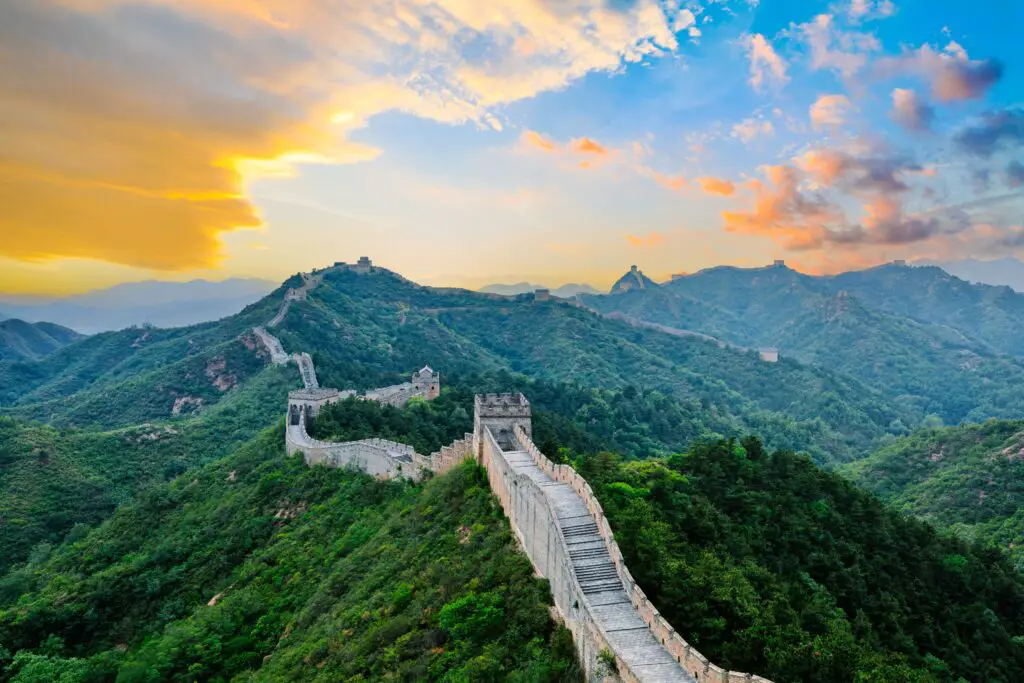
From 1966 to 1976, China’s Cultural Revolution sought to eliminate “old customs, culture, habits, and ideas” to align society with communist ideals. The law targeted Confucianism, traditional medicine, classical arts, and religious practices. Intellectuals and cultural figures were persecuted, and countless artifacts were destroyed. The government’s crackdown aimed to erase historical cultural identity in favor of a uniform communist culture.
The Cultural Revolution devastated Chinese cultural heritage. Traditional art, literature, and medicine were almost wiped out, leaving gaps in cultural knowledge and expression. Communities lost touch with centuries-old practices, and the persecution of cultural leaders created a void in cultural transmission. While China has made efforts to revive some traditions, the decade-long legal assault irreversibly altered Chinese culture.
6. Japan’s Sakoku Policy and Isolation

From 1633 to 1853, Japan’s Sakoku policy isolated the country from the outside world, severely limiting foreign trade and cultural exchange. The government restricted Japanese citizens from traveling abroad and banned foreign influence to preserve Japanese culture and social stability. While the policy shielded Japan from colonial pressures, it also cut off technological and cultural advancements from the West and Asia.
This isolation preserved some traditional practices but stunted cultural growth and innovation. Japanese art, literature, and customs remained static while other parts of the world evolved rapidly. When Japan reopened in 1853, it faced a cultural shock, having missed centuries of global development. The abrupt transition from isolation to modernization created tension between preserving tradition and embracing change.
7. The Jim Crow Laws and African American Culture

The Jim Crow laws, enforced from the late 19th century to the 1960s in the United States, institutionalized racial segregation and suppressed African American culture. These laws marginalized African Americans in education, employment, and public life, reinforcing a racial hierarchy. African American cultural expression in music, art, and literature thrived despite oppression, giving rise to movements like the Harlem Renaissance.
However, Jim Crow laws limited economic and social opportunities, suppressing the community’s full cultural potential. Cultural venues were segregated, and artistic expression was constrained by systemic racism. While African American culture remained resilient, legal segregation entrenched inequality and cultural marginalization. The struggle for civil rights was also a fight to reclaim cultural pride and identity, shaping African American culture today.
8. The Ottoman Millet System and Religious Minorities
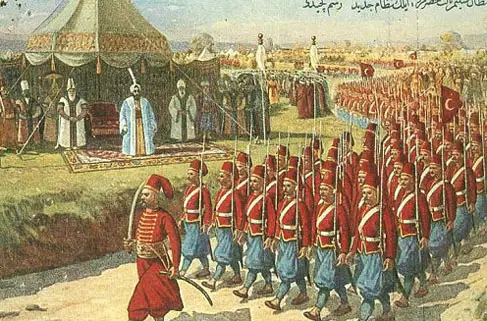
The Ottoman Empire’s Millet system allowed religious minorities to govern themselves under their own laws but entrenched social divisions between Muslims and non-Muslims. The system provided autonomy but marked minorities as second-class citizens, limiting political influence and social mobility. Non-Muslim communities faced social exclusion and restrictions in various life aspects, reinforcing societal hierarchies and cultural separation.
Although minorities retained some cultural practices, the legal separation fostered alienation. Religious minorities like Armenians, Greeks, and Jews faced cultural isolation and limited cultural exchange with the Muslim majority. Over time, this legal segregation deepened cultural divides and sowed resentment. The Millet system preserved minority cultures in isolation but prevented cultural integration, leaving lasting divisions in the region’s cultural landscape.
9. France’s Loi Toubon and Regional Languages
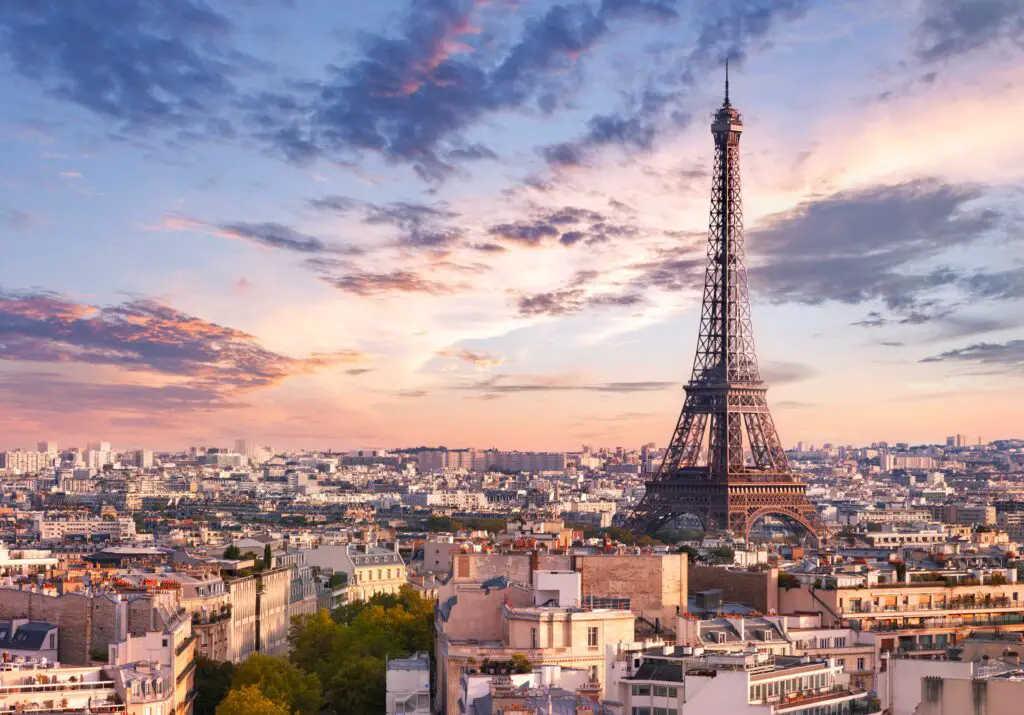
The Loi Toubon, passed in 1994, mandated the use of French in official documents, advertisements, and workplaces to protect the French language. While the law aimed to preserve French cultural identity, it marginalized regional languages like Breton, Occitan, and Alsatian. These languages carried centuries of local traditions and history, but the law suppressed their public use, limiting cultural expression and transmission.
Cultural homogenization under this law dampened regional pride and reduced the visibility of local traditions. Festivals, literature, and local art forms struggled to gain recognition against the French linguistic dominance. Regional language activists continue to advocate for their heritage, but the law created cultural imbalance. Many regional languages are now endangered, with cultural practices fading under legal pressure to enforce linguistic unity.
10. The Prohibition Era and American Culture
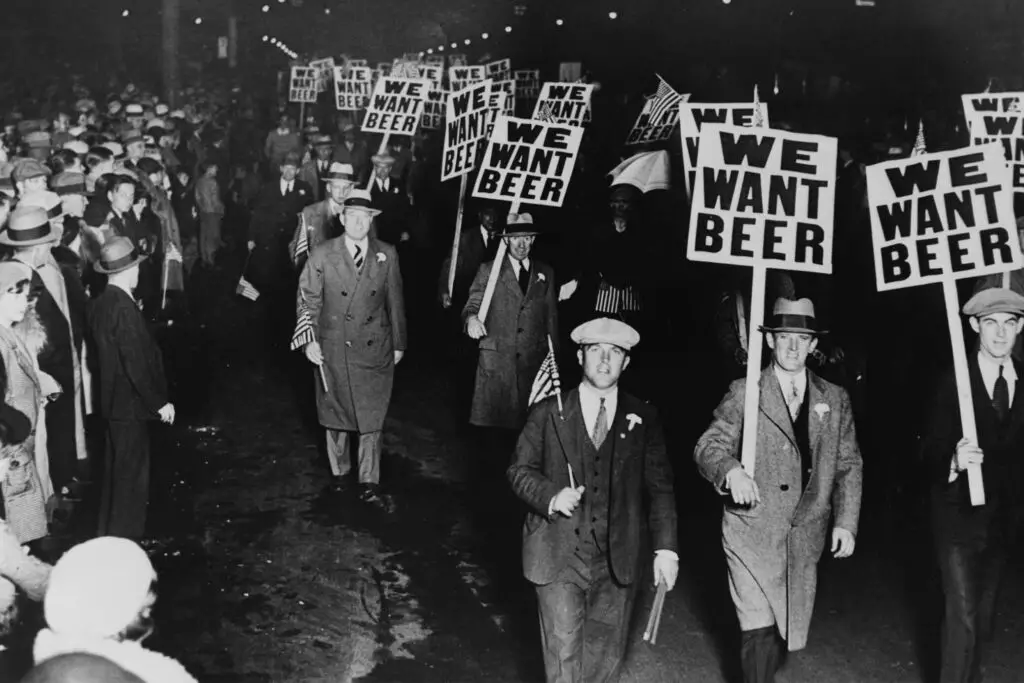
From 1920 to 1933, Prohibition in the United States banned alcohol to curb social issues but had unintended cultural consequences. The law gave rise to speakeasies, organized crime, and a rebellious nightlife culture. Jazz music flourished in underground clubs, and speakeasies became cultural hubs. While intended to improve society, Prohibition reshaped social gatherings, entertainment, and culinary traditions.
Prohibition fostered a culture of defiance and clandestine social spaces, changing American social norms. Alcohol was central to many cultural rituals, and its absence altered celebrations and community gatherings. The era left a lasting mark on American culture, intertwining rebellion with cultural expression and shaping attitudes toward law and social behavior.
11. Apartheid Laws and South African Culture

Apartheid laws in South Africa, enforced from 1948 to 1994, legally segregated racial groups and severely restricted cultural expression among non-white populations. The government implemented laws that controlled where people could live, work, and socialize, forcing black South Africans into designated homelands and limiting access to education and cultural institutions. Indigenous languages, traditions, and artistic practices were marginalized, disrupting cultural continuity and reinforcing racial hierarchies.
The cultural suppression under apartheid fragmented South African society. Traditional music, dance, and storytelling were confined to private spaces, while public cultural expression was heavily policed. Despite these restrictions, many South Africans found ways to preserve their heritage through underground movements and cultural resistance. The apartheid era left lasting scars on South Africa’s cultural landscape, but the end of apartheid sparked a cultural renaissance, with communities striving to reclaim and revitalize their heritage.
12. The Partition of India and Cultural Displacement
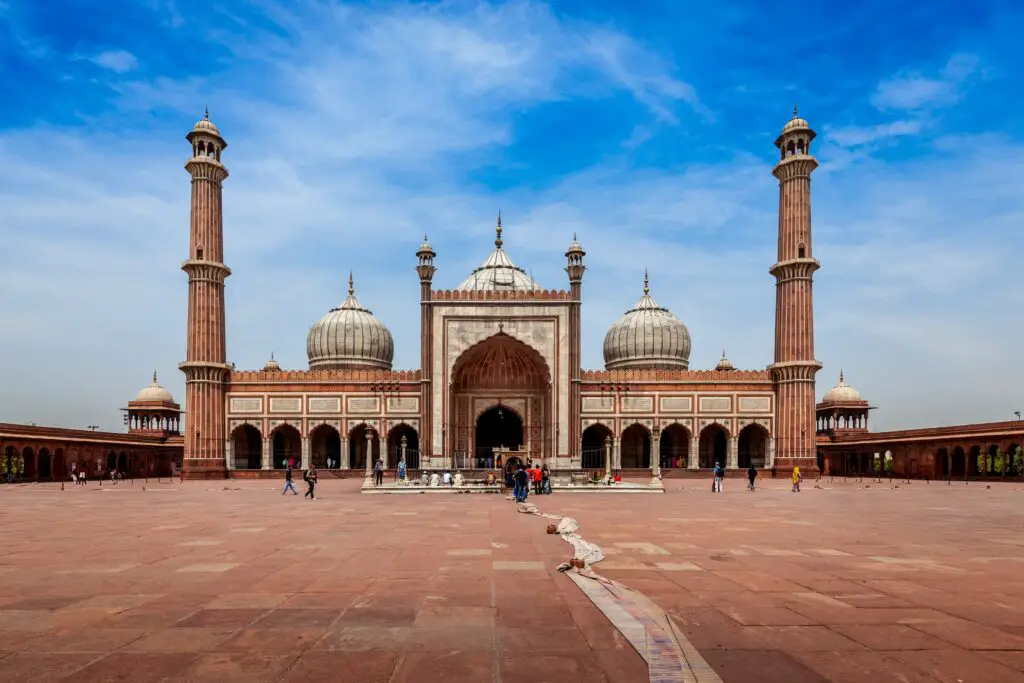
In 1947, the Partition of India created the independent nations of India and Pakistan, leading to the displacement of over 14 million people. This legal division forced communities to abandon their ancestral lands overnight, creating one of the largest mass migrations in human history. Families left behind their homes, cultural landmarks, and centuries-old traditions as they crossed newly drawn borders.
The partition tore apart tightly woven cultural fabrics, especially in Punjab and Bengal, where communities were split between the two countries. Shared languages, music, cuisine, and festivals were disrupted by geographical and political boundaries. Many cultural practices faded as displaced communities struggled to rebuild their lives. The trauma of partition continues to influence the cultural identities of both India and Pakistan, shaping literature, art, and collective memory for generations.
13. Nazi Germany’s Nuremberg Laws and Jewish Culture
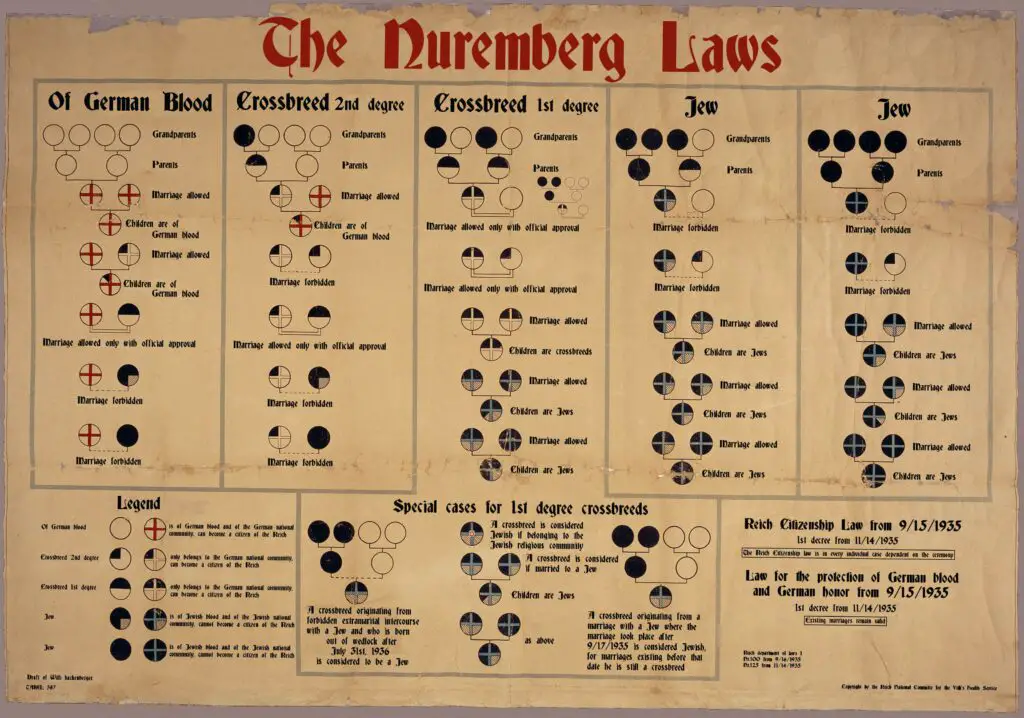
In 1935, Nazi Germany enacted the Nuremberg Laws, which stripped Jews of German citizenship and prohibited marriages or sexual relations between Jews and non-Jews. These laws aimed to isolate Jews from German society, outlawing cultural expression and participation in public life. Jewish schools, theaters, and cultural organizations were shut down, and Jewish traditions were criminalized under Nazi ideology.
The Nuremberg Laws devastated Jewish cultural life in Germany and across Nazi-occupied Europe. Jewish art, literature, and religious practices were censored or destroyed, and Jewish intellectual contributions were erased from public discourse. The laws created an atmosphere of fear and isolation, forcing Jewish culture underground or leading to its outright destruction. The Holocaust that followed further obliterated Jewish communities, leaving an indelible mark on Jewish cultural heritage worldwide.
